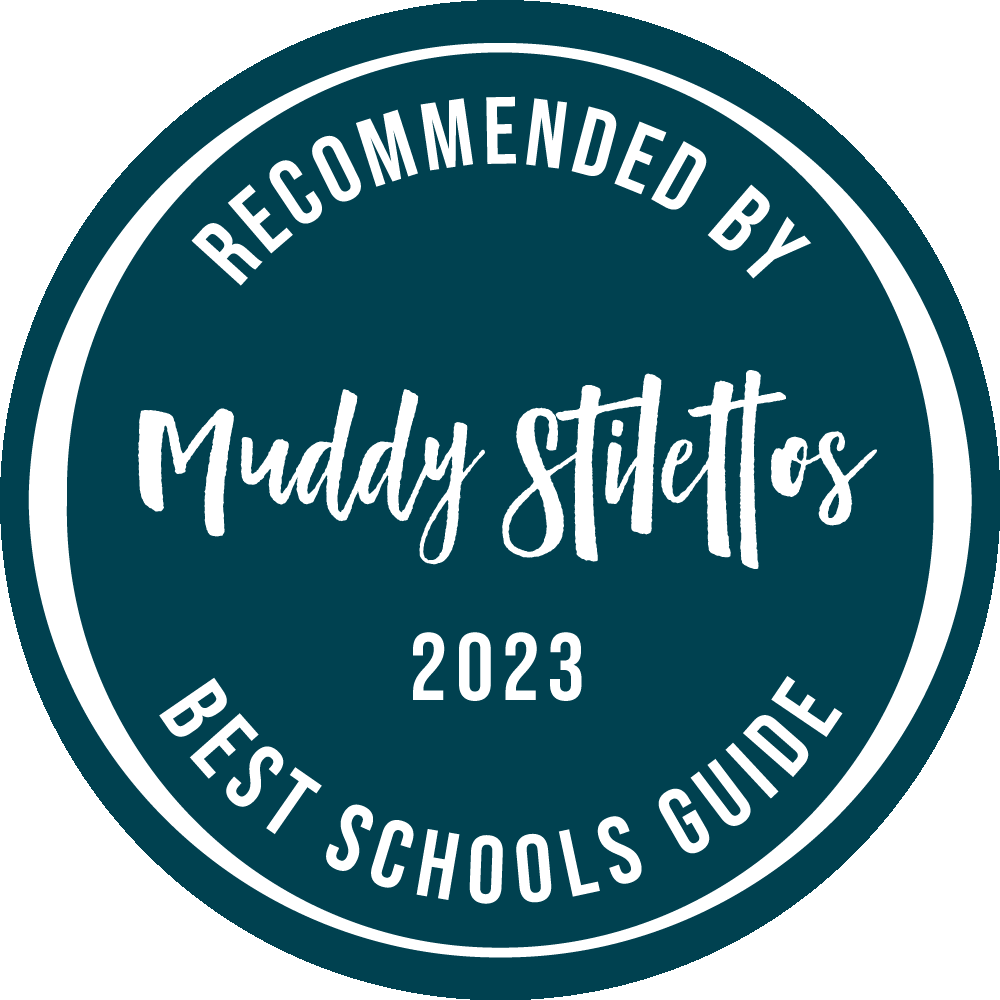Confidence with humility
.jpg)
Take a look through many a prep school’s website or marketing literature and you are likely to find use of the word ‘confidence’ and the aim to develop it within pupils. At Pilgrims’ our particular take is ‘confidence with humility’. Developing the right sort of confidence is hugely important, a valid ambition and ultimately central in children reaching their full potential. Now, ‘confidence’ is a topic I have written on before in the newsletter. Previously, it was in the context of performing an instrumental solo in a ‘low-risk’, small-environment concert, making some errors, but picking oneself up, dusting oneself off, and carrying on.
However, the truth is that there are key areas of confidence development in which schools’ hands are relatively tied, barring those critical opportunities presented on outward bound trips, bushcraft camps and the like. This is because a significant element of building genuine confidence in oneself lies in being exposed to risk and realising one’s ability to assess it, confront it (in whatever form) and manage it, coming out safely on the other side – either metaphorically or literally.
One of the things that is true of many of the most enduring children’s stories – from Mary Poppins to Winnie-the-Pooh, from Roald Dahl to Harry Potter – is how consciously they embed key lessons for life within their narratives. It’s those lessons that resonate deeply with us and draw us into an affection for what the story confers; they are a key part of that timelessness. The following comes from L. Frank Baum’s ‘The Wizard of Oz’:
‘All you need is confidence in yourself. There is no living thing that is not afraid when it faces danger. The true courage is in facing danger when you are afraid and that kind of courage you have in plenty.’
But of course, ‘facing danger’ is something that we far too often (and well-meaningly) prevent our children from doing. In doing so, we effectively disarm them of one of the most valuable character qualities that they can have in their arsenal.
I had a stark reminder of just how far society’s (and so children’s) approach to risk has shifted in the last two generations not long after moving into Kingsgate Street. I was approached by an elderly lady who was revisiting the city, having grown up in the house I now live in. She asked if she and her friend might be able to come the next day and have a walk around her childhood home. But of course! And she duly arrived the following afternoon. As we got to the top of the house, she stood at the window of her old bedroom which overlooks the street from a height of some 15 metres perhaps. Here, she recalled how she would climb out of the window – as a girl of about 8 – and walk along the narrow lead-lined roof channel to the next door house in order to visit her friend secretly; the drop to the street just centimetres to her left. I was gobsmacked, both by the feat and by how casually this lovely, mild-mannered octogenarian referred to it.
Clearly, I am not suggesting that this level of risk is appropriate. But I have a strong sense that it was perhaps not so very unusual 60-70 years ago. It is salutary to reflect on what we have lost if we do remove all opportunity for our children to face danger. It is also salutary to reflect on just how much we have in fact removed that danger; because the truth is that for many parents it is that type of danger that has been removed and a different type of danger that is being overlooked.
For those of us who have worked pastorally in school for any length of time, it is a truism. For others, it is usually well-known but seldom actively managed. Children too often face dangers of wondrous diversity and seriousness thanks to insufficiently monitored access to the internet. And this is typically done via devices we seem to confer with benign qualities simply by virtue of the fact that it’s we who own them – like a much-loved family dog. ‘No… it would never bite us…’
At Pilgrims’, we – along with every other school in the country – have immediate and present evidence of pupils being left without parameters and safety checks in place at home when being an online user. YouTube videos parents would undoubtedly stop if they knew; Apple TV series being consumed, which one check on the relevant IMDb parental guide would cause mum and dad to be spurred into action. Such things present a real emotional risk to children. And, of course, the difference between the risk our roof-tottering friend faced and the danger online that our children face is the matter of who is in control. Online, our children are faced with all manner of risks that are in the control of others.
Doesn’t parenting often feel such a minefield these days? We must take that crucial step of creating time to properly consider how an appropriate level of them managing their own risk in the real world can build our children’s confidence, while engaging very actively in how to mitigate against risk that is too easily overlooked online. For the latter absolutely has the potential to disastrously erode that same fragile confidence. With both of these addressed, how much stronger our boys’ opportunity to develop much of that right sort of confidence.
Tim Butcher
Headmaster








